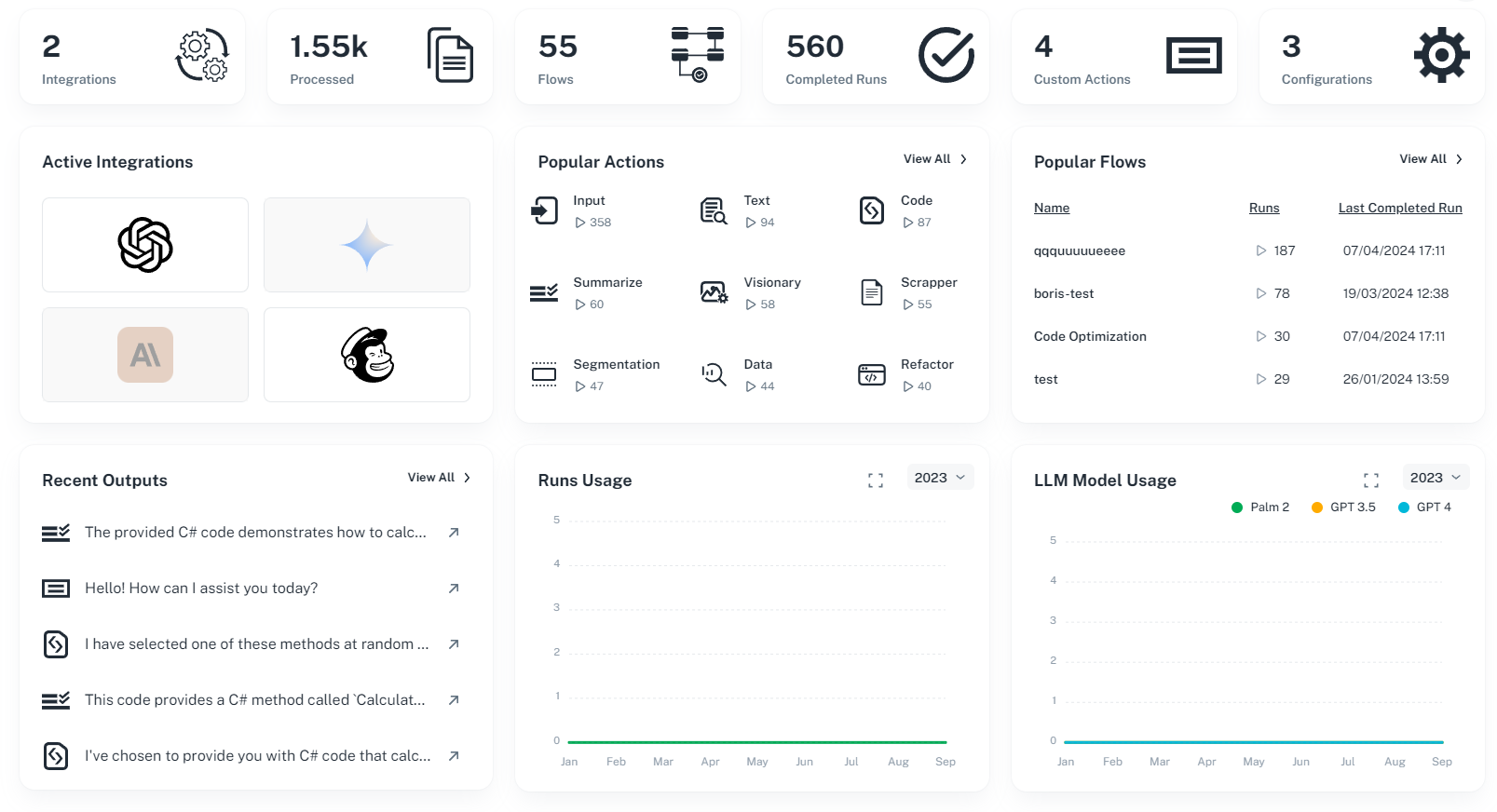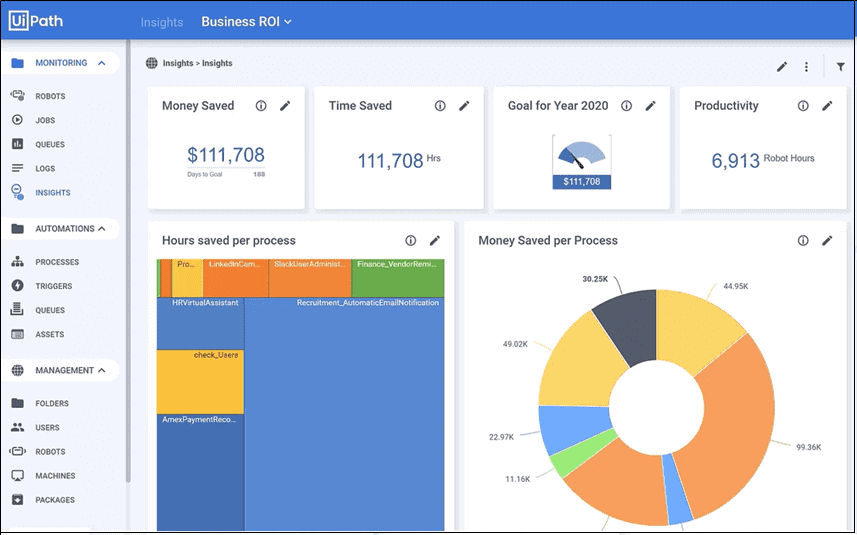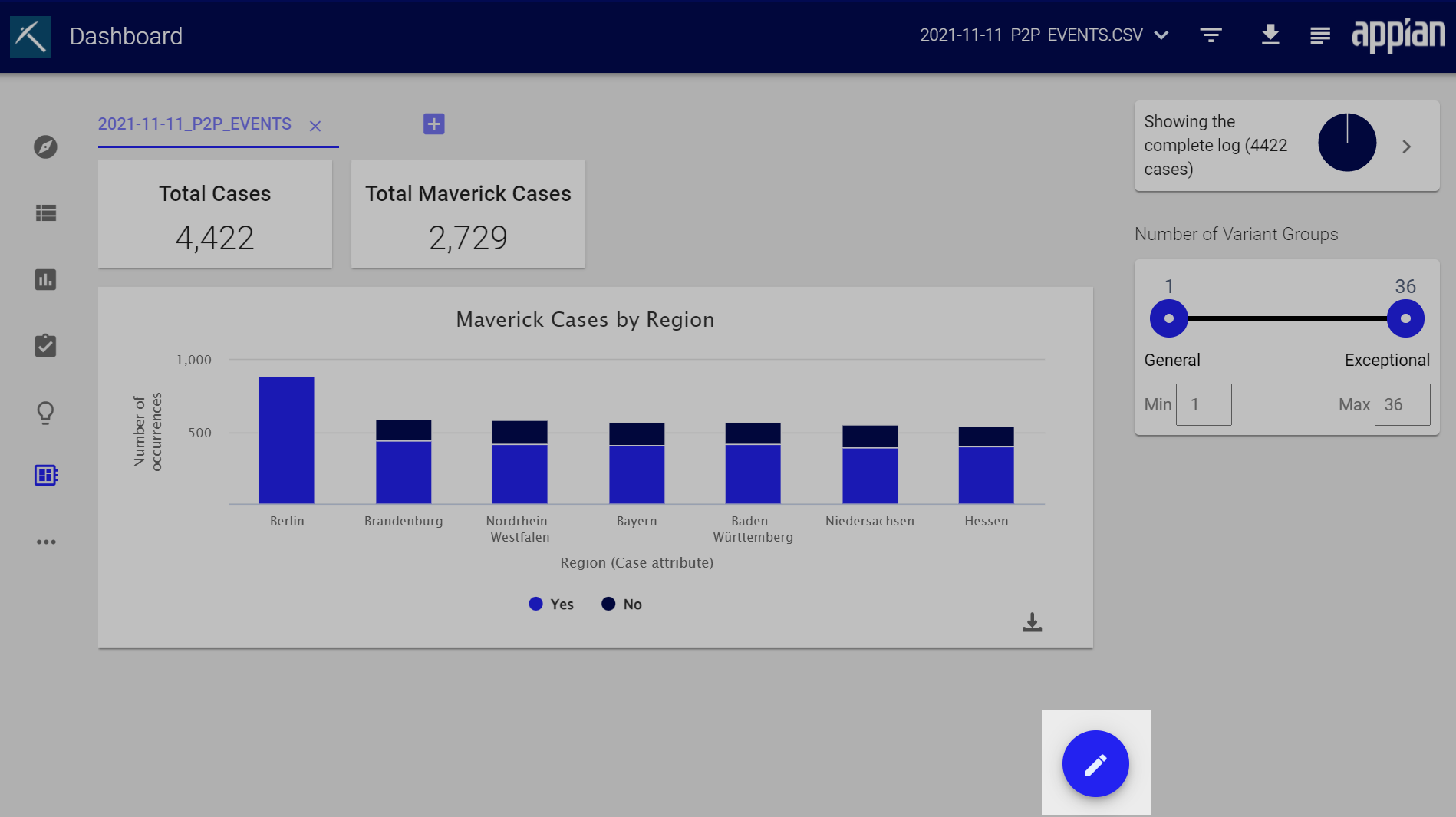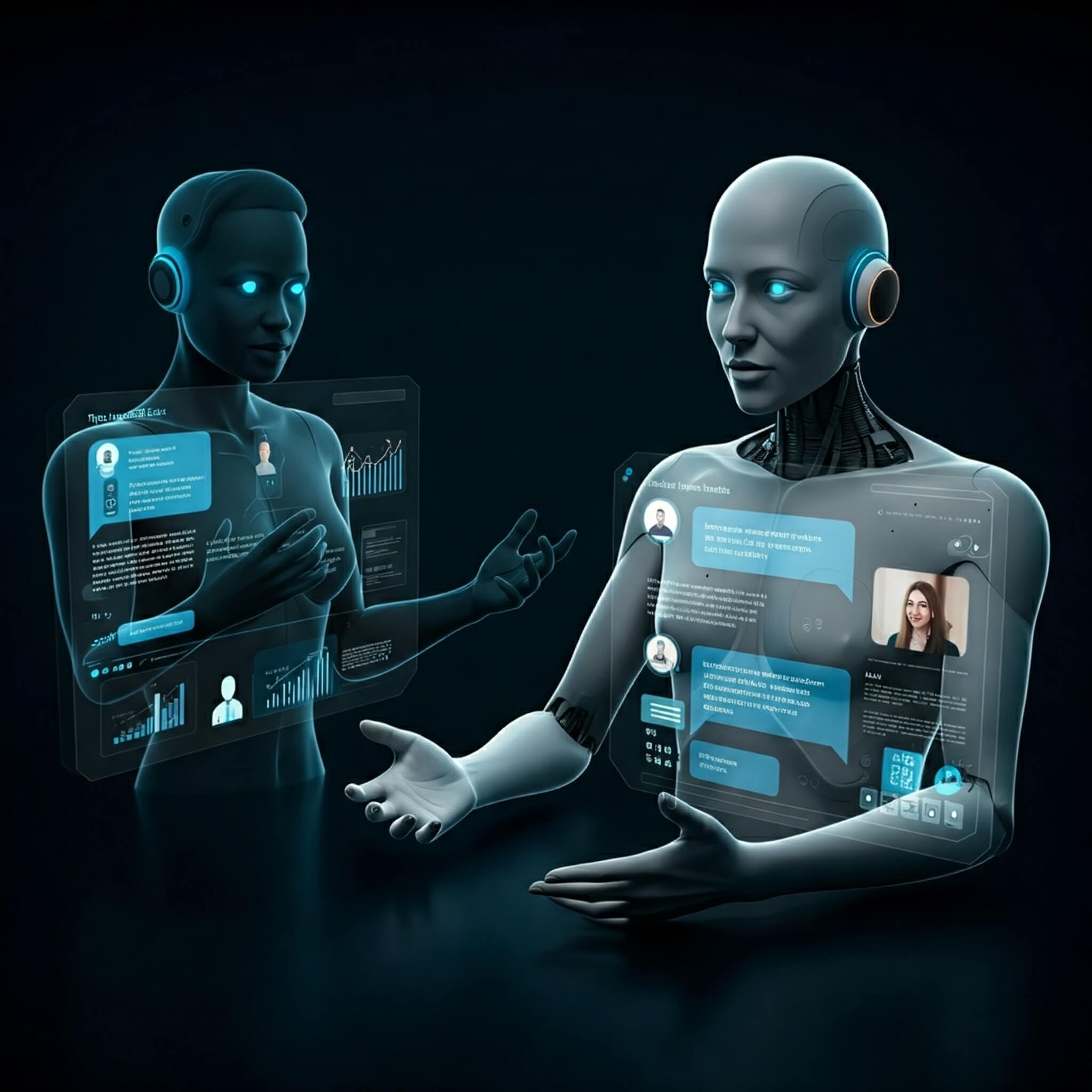
The landscape of cognitive automation is rapidly evolving, and the tools of today will only become more sophisticated in the years to come. To stay ahead of the curve in 2024, businesses need to be aware of the cutting-edge platforms that are pushing the boundaries of intelligent process automation. Whether you’re looking to optimize customer service, streamline back-office operations, or unlock insights buried in your data, the right cognitive automation tool can be a game-changer.
From Rule-Based to Intelligent: The Cognitive Automation Shift
In a world overflowing with data, traditional automation tools often fall short. They excel at following predefined instructions but struggle when faced with ambiguity, unstructured information, or complex decision-making. This is where cognitive automation enters the picture, transforming the way businesses operate. By harnessing the power of artificial intelligence, machine learning, and natural language processing, cognitive automation systems transcend the limitations of rule-based tasks.
Customer relationship management (CRM) is one area ripe for the transformative power of cognitive automation. Traditional CRM systems excel at storing and organizing customer data, but lack the intelligence to unlock its full potential. AI for CRM changes the game entirely. AI CRM tools can analyze vast swaths of customer interactions, identifying patterns, predicting churn, and personalizing outreach at scale. This empowers businesses to deliver exceptional customer experiences, driving loyalty and growth.
Let’s explore five powerful options that could revolutionize your business in 2024.
5 Best Cognitive Automation Tools – 2024
1. Kuverto

Kuverto simplifies the process of implementing AI-based automations. Their user-friendly interface and intuitive workflow design allow businesses to leverage the power of LLMs without requiring extensive technical expertise. With Kuverto, tasks like data analysis, content creation, and decision-making are streamlined, leaving teams to focus on innovation and growth.
Key Features
- Cognitive Customer Sentiment Analysis: Intelligent systems continuously analyze customer interactions, extracting nuanced sentiment to identify pain points and potential areas for service improvement.
- Self-Learning Trend Discovery: Cognitive automation uncovers hidden patterns and relationships within complex data sets, proactively identifying potential risks and previously unseen opportunities.
- Adaptive Forecasting: Cognitive models analyze sales data and customer behavior, continually refining predictions for demand, resource allocation, and tailored customer experiences.
- Dynamic Market Intelligence: Cognitive automation processes market data and competitor activity in real-time, enabling agile decision-making and maintaining a strategic advantage
2. UiPath

Founded in 2005, UiPath has emerged as a pioneer in the world of Robotic Process Automation (RPA). Their mission is to empower users to shed the burden of repetitive and time-consuming digital tasks. With UiPath, everyday tasks like logging into websites, extracting information, and transforming data become effortless, freeing up valuable time and resources.
Key Features
- Intelligent Process Design: Drag-and-drop interface enhanced with AI-powered recommendations, guiding users towards optimal automation solutions.
- Cognitive Task Capture: Process recorders intelligently interpret user actions, identifying potential for decision-making and knowledge-based task automation.
- Hybrid Workforce: Attended bots collaborate with human workers, while unattended bots leverage cognitive skills for complex decision-making.
- Adaptive Integration: Connectors leverage machine learning to understand data structures and adapt to changes in enterprise systems.
- Self-Optimizing Orchestration: AI-driven orchestration analyzes performance metrics, proactively identifying bottlenecks and suggesting process improvements.
3. Automation Anywhere

Automation Anywhere, founded in 2003, is dedicated to liberating businesses from the constraints of manual, repetitive tasks. Their powerful Robotic Process Automation (RPA) platform empowers organizations to automate a vast array of processes, from simple data entry to complex decision-making workflows. By streamlining these operations, Automation Anywhere helps businesses unlock efficiency and focus on strategic growth.
Key Features
- AI-Assisted Bot Creation: Bot creator leverages natural language understanding, making automation accessible to non-technical users. Provides intelligent process flow suggestions.
- Cognitive Task and MetaBots: Building blocks incorporate machine learning models, enabling decision-making, and adapting to process variations.
- IQ Bot Evolved: Cognitive document processing understands context, handles unstructured data, and continuously learns for improved accuracy.
- Cognitive Marketplace: Bot Store offers pre-built AI-powered automation solutions, facilitating innovation and rapid deployment.
- Self-Healing Control Room: Proactively identifies potential issues within bots and suggests remediation steps. Leverages analytics for optimized resource orchestration.
4. Appian

Appian is a leader in low-code process automation, empowering businesses to rapidly design, execute, and optimize complex workflows. Their platform excels in driving operational efficiency, improving customer experiences, and ensuring regulatory compliance. With Appian, organizations can break free from rigid processes and embrace the agility needed to thrive in a dynamic business environment.
Key Features:
- AI-Infused Development: Low-code platform with generative AI suggestions to accelerate design and implementation of intelligent process solutions.
- Cognitive Case Management: Machine learning models analyze case data, adapting workflows, and making intelligent routing and task assignment recommendations.
- Self-Optimizing Process Orchestration: Leverages historical data and real-time analytics to proactively adjust process flows, maximizing efficiency and resilience.
- Insight-Driven Analytics: Predictive modeling and scenario analysis embedded within dashboards, informing decision-making and continuous process refinement.
- Conversational Interfaces: Processes accessible through natural language chatbots and voice assistants, enhancing user experiences and democratizing automation.
5. BluePrism

Blue Prism prioritizes security and control, giving businesses the confidence to automate mission-critical processes. Their platform provides robust governance features, ensuring compliance and minimizing risk. For organizations operating in highly regulated industries, Blue Prism offers a reliable and secure automation solution that aligns with the most stringent standards.
Key Features:
- AI-Assisted Visual Design: The VPD leverages natural language processing and machine learning to suggest optimal process flows and automation components.
- Cognitive Object Studio: Object development is streamlined with intelligent code generation and AI-powered recommendations, empowering a wider range of users.
- Adaptive Digital Workforce: Software robots integrate with machine learning models, acquiring self-learning capabilities for complex decision-making and handling process variations.
- Insight-Driven Control Room: Predictive analytics and real-time performance dashboards enable proactive identification of potential bottlenecks and intelligent workload distribution.
- Self-Organizing Resource Pools: Intelligent dynamic grouping of bots based on skills, task similarity, and workload analysis, optimizes performance and resiliency.

Understanding Cognitive Automation
How is cognitive automation different from regular automation (RPA)?
Traditional automation (RPA) excels at following set rules to execute repetitive tasks. Cognitive automation goes further by mimicking human thought processes:
- Learning: Analyzes data to uncover patterns and insights, adapting its behavior over time.
- Reasoning: Makes decisions and inferences based on complex and often unstructured information.
- Natural Language Understanding: Can interpret and respond to human language in a nuanced way.
Can cognitive automation truly understand unstructured data like humans do?
While achieving complete human-level understanding is complex, cognitive automation makes huge strides. Here’s how:
- Natural Language Processing (NLP): Breaks down text into meaning, interpreting sentiment, and identifying key concepts.
- Computer Vision: Allows for analysis of images and videos, extracting meaning and context.
- Machine Learning: Enables systems to learn from examples and make data-driven predictions.
What are the biggest misconceptions people have about cognitive automation?
Some common myths include:
- “It will replace all human jobs”: Cognitive automation is a powerful tool, but it augments human workers, freeing them for higher-value tasks.
- “It’s only for big tech companies”: Businesses of all sizes can benefit, with tools increasingly accessible to non-technical users.
- “It’s a magic ‘set it and forget it’ solution”: Successful cognitive automation requires careful planning, implementation, and ongoing monitoring.
Beyond saving time and money, what unexpected benefits could cognitive automation bring?
Cognitive automation can unlock potential by:
- Unleashing creativity: Analyzing vast data to help identify new opportunities or even spark creative solutions.
- Uncovering hidden biases: Help recognize patterns in data that might reveal unintentional bias in processes, leading to fairer outcomes.
- Enhancing human-machine understanding: As systems learn and communicate better, collaboration between humans and AI can become more powerful.
Cognitive automation is not about replacing humans, but rather empowering them. By automating the mundane and repetitive, we free up our workforce to focus on strategy, creativity, and the nuanced problem-solving that truly drives success. As technology continues to evolve, the possibilities that cognitive automation unlocks are endless. It’s no longer a question of if a company should embrace cognitive automation, but rather how and when to start the journey.







